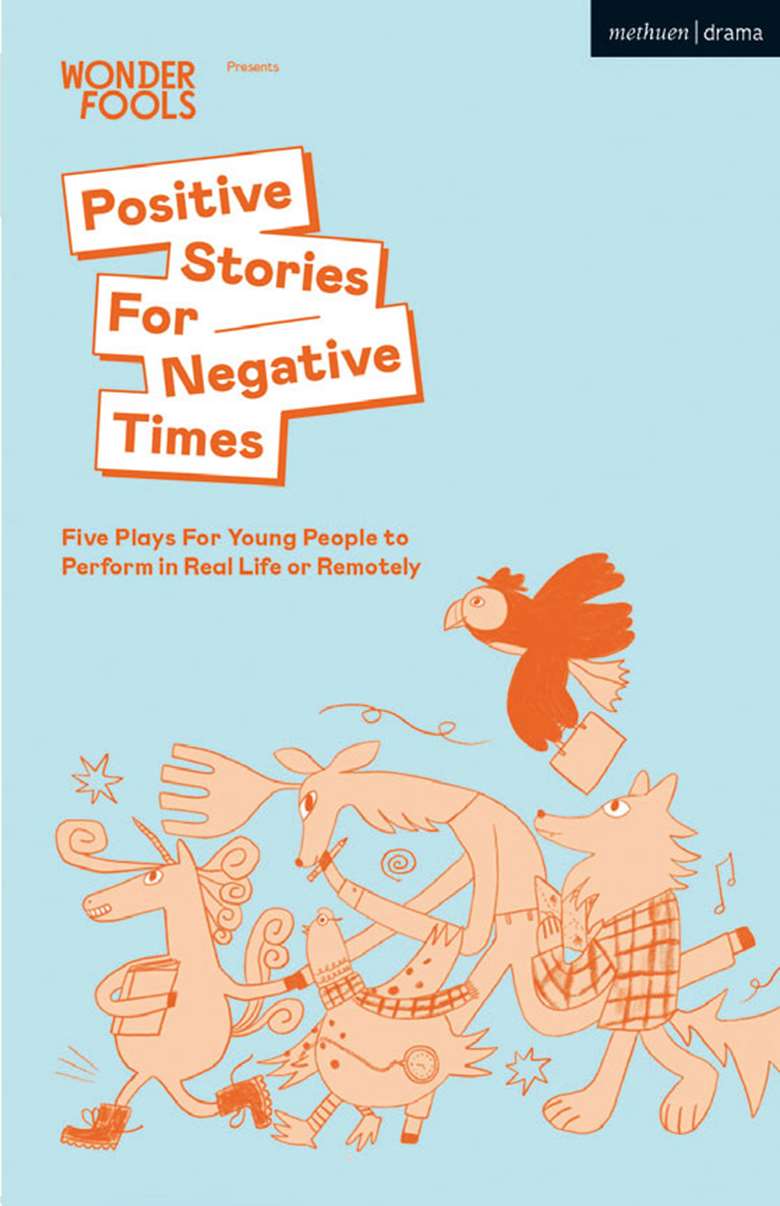Positive Stories for Negative Times: Bad Bored Women of the Rooms
Vickie Smith
Saturday, May 1, 2021
An intriguing story focusing on five female criminals, set within a flexible text for classes or individual students to explore

Bad Bored Women of the Rooms is one play within a collection of five, written during the pandemic to give young people the opportunity to perform – whether this be in person or remotely. Before reading the play, it would be useful to browse the handbook that comes at the start of the collection – ‘Positive Stories for Negative Times’ – as it outlines an excellent process that can be followed by directors and performers. While the guide was aimed at anyone who wanted to be part of the Positive Stories project, which cumulated in March 2021, it still provides a wide range of ideas about how to explore the play, both remotely and safely in person.
Sabrina Mahfouz's play has a skeleton that allows casting to be adapted to between one and twenty performers; there are even suggestions as to how this could be expanded beyond twenty performers to explore the text in large groups or as a whole class. The play tells the story of ‘mischievous’ women through the ages who have spent a lot of time stuck in a room, hence the title.
The prologue cleverly sets the scene and is bound to resonate with a modern-day audience who have experienced a nationwide lockdown, with boredom being a key theme. The first part of the script gives no details of real characters, leaving the perfect opportunity for students to explore and create with the script acting as a springboard.
The latter part tells the stories of real-life criminal women, who are likened to cocktails – mixology instructions have been included for some added fun. The dialogue acts as a narrative, which would allow a cast to explore movement and mime alongside the narration to fully tell the stories of the five female criminals. The play is written to be explored in a creative way and I think students would relish this. It should be noted that there is some strong language used within the play, but this could be easily edited out to allow GCSE students to explore it, perhaps even as a whole class project.
Overall, a well-written and interesting take on how infamous criminals are always men and the idea that ‘mischievous’ women criminals have been overlooked despite their horrendous crimes.

